Greenland Viking disappearance mystery: Climate change did not drive Norse from frozen land
The Vikings did not disappear from Greenland because of climate change, with a warm period allowing Erik the Red to colonise the country and global cooling forcing them out of the frozen land. Researchers from Columbia University's Lamont-Doherty Earth Observatory say their latest findings contradict the popular idea that 10<sup>th-century Norse populations were only able to move into Greenland because of the Medieval Warm Period.
The so-called Medieval Warm Period refers to a time when Europe had exceptionally warm weather. It lasted from between 950 to 1250 and was followed by a Little Ace Age, when temperatures fell for around 500 years.
Publishing their findings in the journal Science Advances, the researchers looked at old glaciers to work out what the climate would have been like when the Vikings first arrived in Greenland, around 985, to when they mysteriously disappeared in the 1400s.
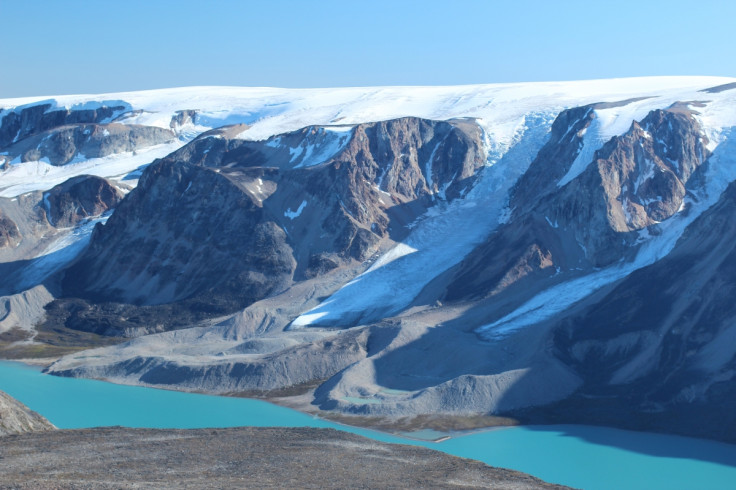
At its peak, there were around 5,000 Vikings living in Greenland, harvesting walrus ivory and raising livestock. The only thing they left when they disappeared was ruins. Native Inuit people remained but Europeans would not return until the 1700s.
The most popular explanation for why they left was that the Medieval Warm Period – and the pleasant weather that came with – drew settlers to Greenland and forced them out, with populations freezing and starving to death. But increasingly evidence is showing the climate was not the driving factor in the demise of the Greenland Vikings. Instead other factors like hostilities with the Inuit and the Black Plague have been suggested.
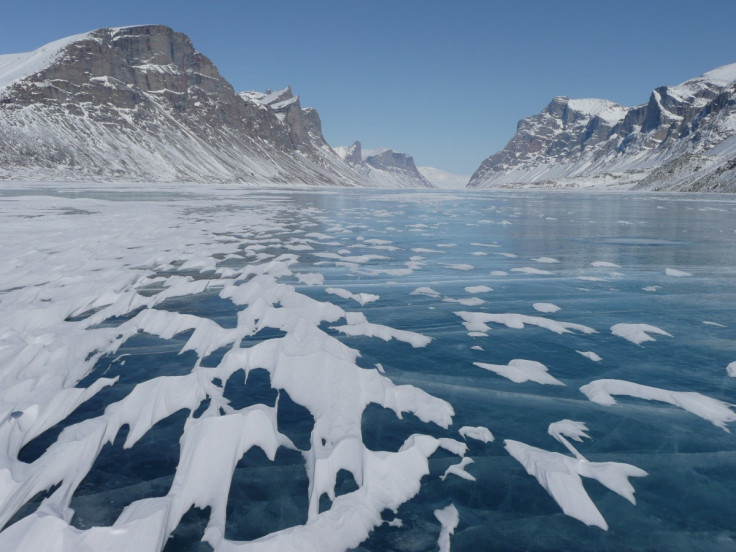
Scientists sampled boulders left by advancing glaciers over 1,000 years. They used a rare isotope dating technique to work out when glaciers may have retreated. Findings indicated glaciers in the regions were actually extended during the Medieval Warm Period, with thick amounts of ice characteristic of the Little Ice Age.
This, they say, shows Greenland was pretty cold when the Vikings first arrived. They also say it shows the Medieval Warm Period was not uniform across the globe but instead was an extended phase of the North Atlantic Oscillation. Warm winds from the west boosted temperatures in Europe and Iceland, but led colder weather in Greenland by sucking in more Arctic air.
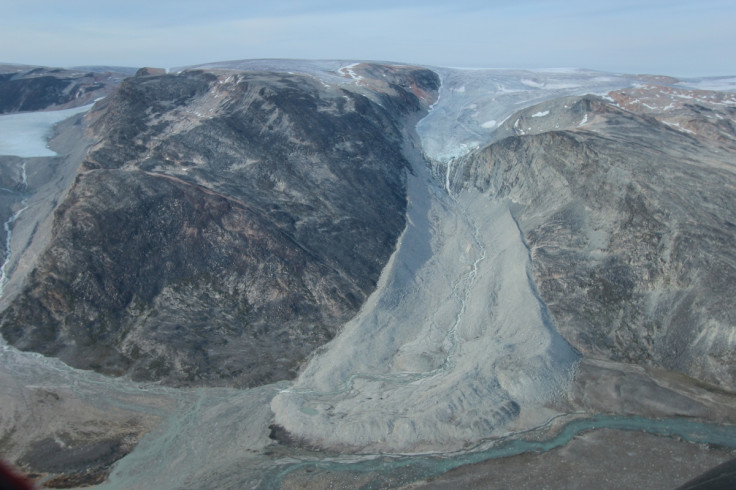
The weather was just as cold when the Vikings arrived in Greenland as when they left. "Our results, paired with other regional climate records, point to non-climatic factors as contributing to the Norse exodus from the western North Atlantic region," researchers wrote.
"It's becoming clearer that the Medieval Warm Period was patchy, not global," said lead author Nicolás Young. "If the Vikings travelled to Greenland when it was cool, it's a stretch to say deteriorating climate drove them out."
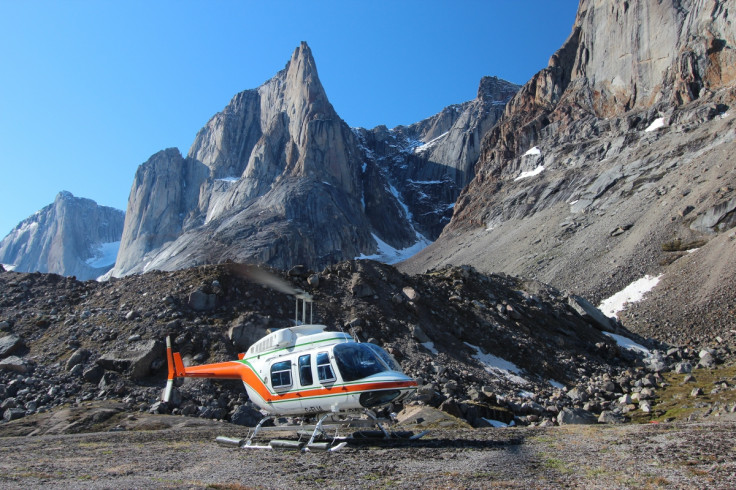
Astrid Ogilvie, a climate historian at Iceland's Akureyri University who was not involved in the study, said the findings indicate the climate is far more complicated than had been assumed: "I do not like the simplistic argument that the Greenland people went there when it was warm, and then 'it got cold and they died'. I think the Medieval Warm Period has been built on many false premises, but it still clings to the popular imagination."
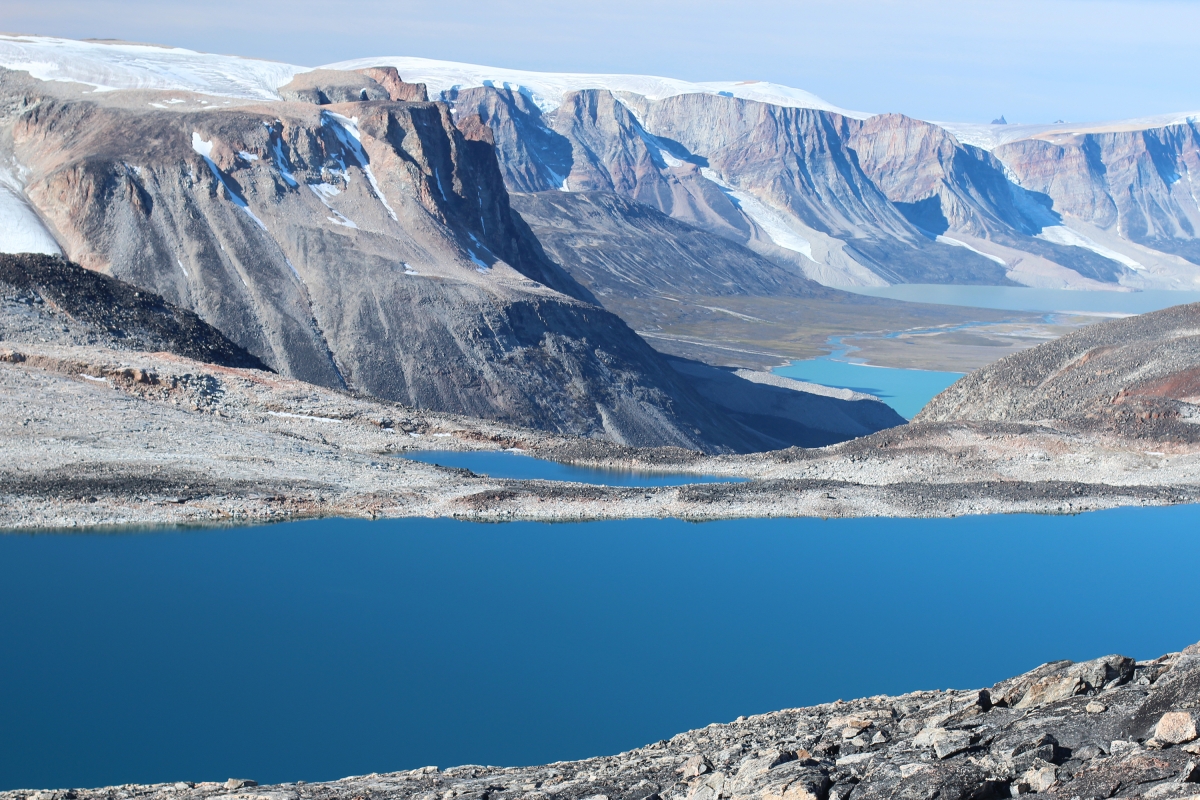




© Copyright IBTimes 2025. All rights reserved.






















